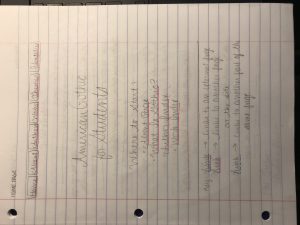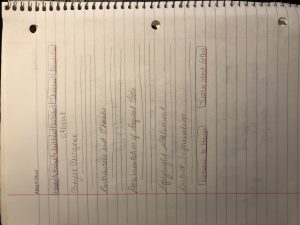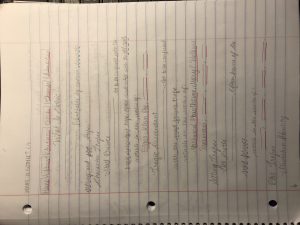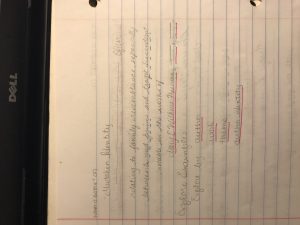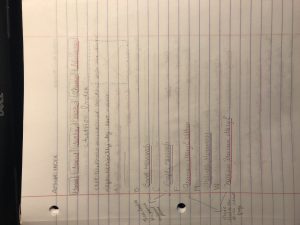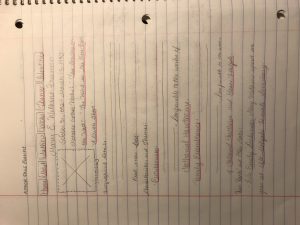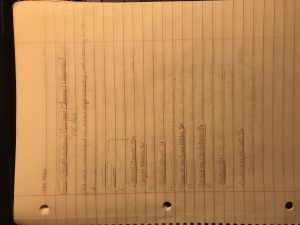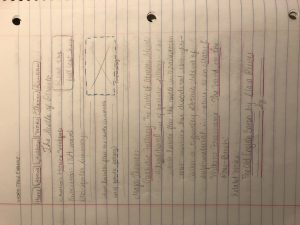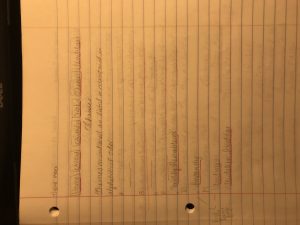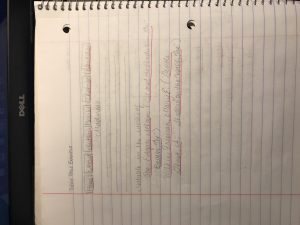Among academic disciplines, DH stands out in its aim at inclusion of many communities of practice, with particular emphasis on communities outside of academia. Particularly in recent years, prominent practitioners of DH have been looks back at the discipline and trying to find ways to open it up further, but even they admit there is still quite a way to go. Moreover, while DH has been trying to open space for diversity, it has still largely remained within the confines of academia. While DH is not and need not be exclusive to academia, it tends to be used and explored in colleges and universities or by graduates of such institutions. This raises new questions about who gets a say in what constitutes DH but also what comprises it; if a majority of practitioners of DH projects — and especially those DH projects that get discussed in articles and forums — are from universities, have we moved very far from the dominance of the university press?
The authors of Digital_Humanities (significantly published through MIT press) are optimistic about DH’s ability to open explorations of knowledge to everyone and move beyond traditional expectations about information. At the same time, they claim that “the notion of the university as ivory tower no longer makes sense, if it ever did,” so perhaps their optimism comes from a particular view of the then-present state of information dissemination. Their argument about the “ivory tower” is that universities have been creating networks of thinkers since their inception, so they are, in that respect, inclusive. I argue that universities have been connecting thinkers of similar perspectives (with some notable exceptions, of course) because of their inextricable link to finance and class. Certain groups of people have the time, money, and other resources to send them to universities to develop their ideas, but those ideas are no more valuable than those of someone who has not been in the right circumstances for academia to be feasible. As a result, the network of ideas in academia is essentially (there are, of course, always exceptions) a closed web. DH has excellent goals for opening that web up to new ideas, but it cannot be ignored that DH was born in the ivory tower and tends to stay close to home.
I do not intend to be unnecessarily pessimist about knowledge creation in DH; I truly believe that, by its very nature, DH intends to make important changes in what scholars see as legitimate. I agree with the authors of Digital_Humanities when they write that “[t]he scope and scale of the Digital Humanities encompass a vast archipelago of specialized domains of expertise and conversation, but also open up the prospect of a conversation extending far beyond the walls of the ivory tower that connects universities to cultural institutions, libraries, museums, and community organizations.” I appreciate that this sentiment acknowledges that many DH practitioners are academics with a particular interest they want to share in new ways. I also think that emphasis on possibility (specifically in the word “prospect”) is an important way to phrase their hopes for DH as a discipline. DH is incredible in its potential, but it is only successful when its practitioners maintain view of their goal, rather than preemptively patting themselves on the back for creating a possibility. At its worst, DH is a group of academics who have congratulated themselves for their inclusivity even as they have created equally esoteric projects; at its best, DH is a varied group of practitioners who continue to reevaluate the discipline to make sure that knowledge from all areas can be legitimized, discussed, and displayed.
